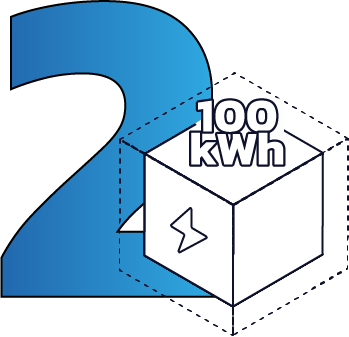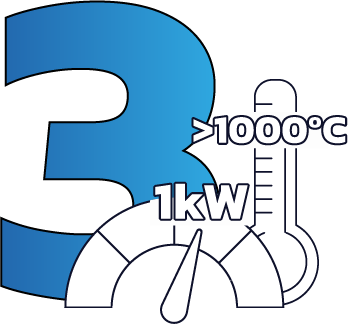Cheap, effective, safe
We go the extra mile to power a green future
Over the last few years, fossil fuel prices have soared while renewable energy sources have faced a drastic drop in prices. These changes have created a new paradigm in the energy sector: periods during which more electricity is produced than demanded are increasing, and vast amounts of cheap electricity are being wasted.
To achieve a clean energy transition, we need affordable solutions for long-duration storage. However, existing technologies are expensive and can only store energy for short periods. Our solution stores energy as heat, with the potential of reaching a very low cost per energy capacity, at scales of just a few MWh.

The five goals of Thermobat
Moving from proof of concept to real-life applications





A joint effort to stop wasting energy
Thermobat is divided into five work packages (WPs) which deal with three topics
Product development
We will develop a new process for manufacturing the heat storage block, the energy conversion block, and the battery prototype. All these results will be integrated and fed into the following WPs, the main goal of which is to confirm operational results and develop a viable commercial plan for this technology.
Validation, scale-up, and tech-to-market transition
We will perform a case study, acquiring data on the installation, maintenance and deinstallation of our technology at a sports centre in Madrid in Spain, and monitoring its results to detect potential applications. In addition, we will evaluate the environmental life cycle of the technology and develop a business model for its future commercial exploitation.
Management and communication
We will ensure an effective realisation and management of Thermobat’s activities whilst guaranteeing the smooth development of all aspects of the project.
We will maximise the impact of Thermobat by raising awareness through communication and dissemination.